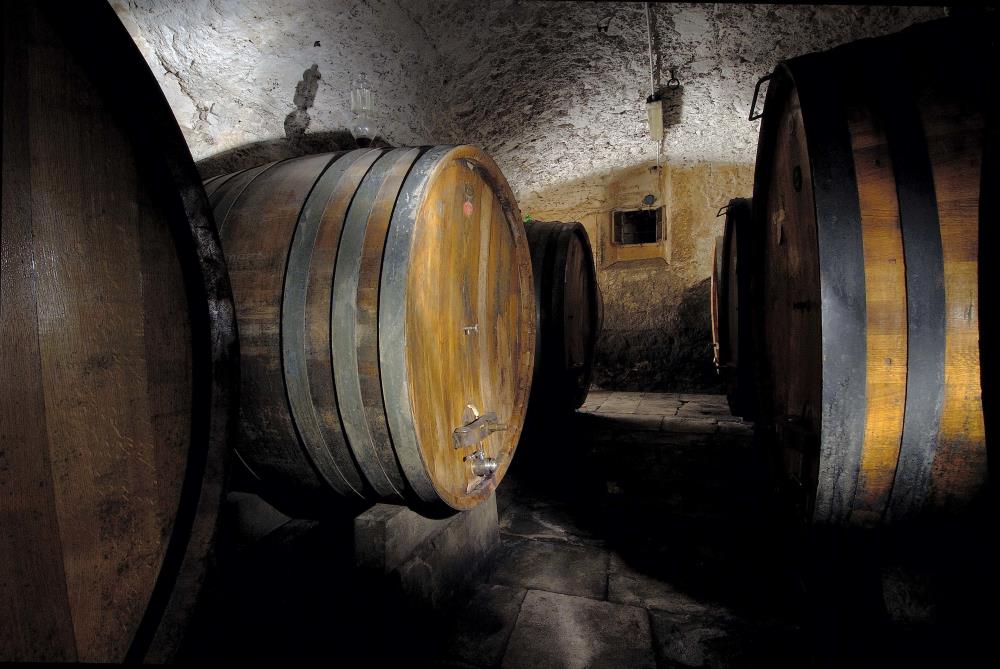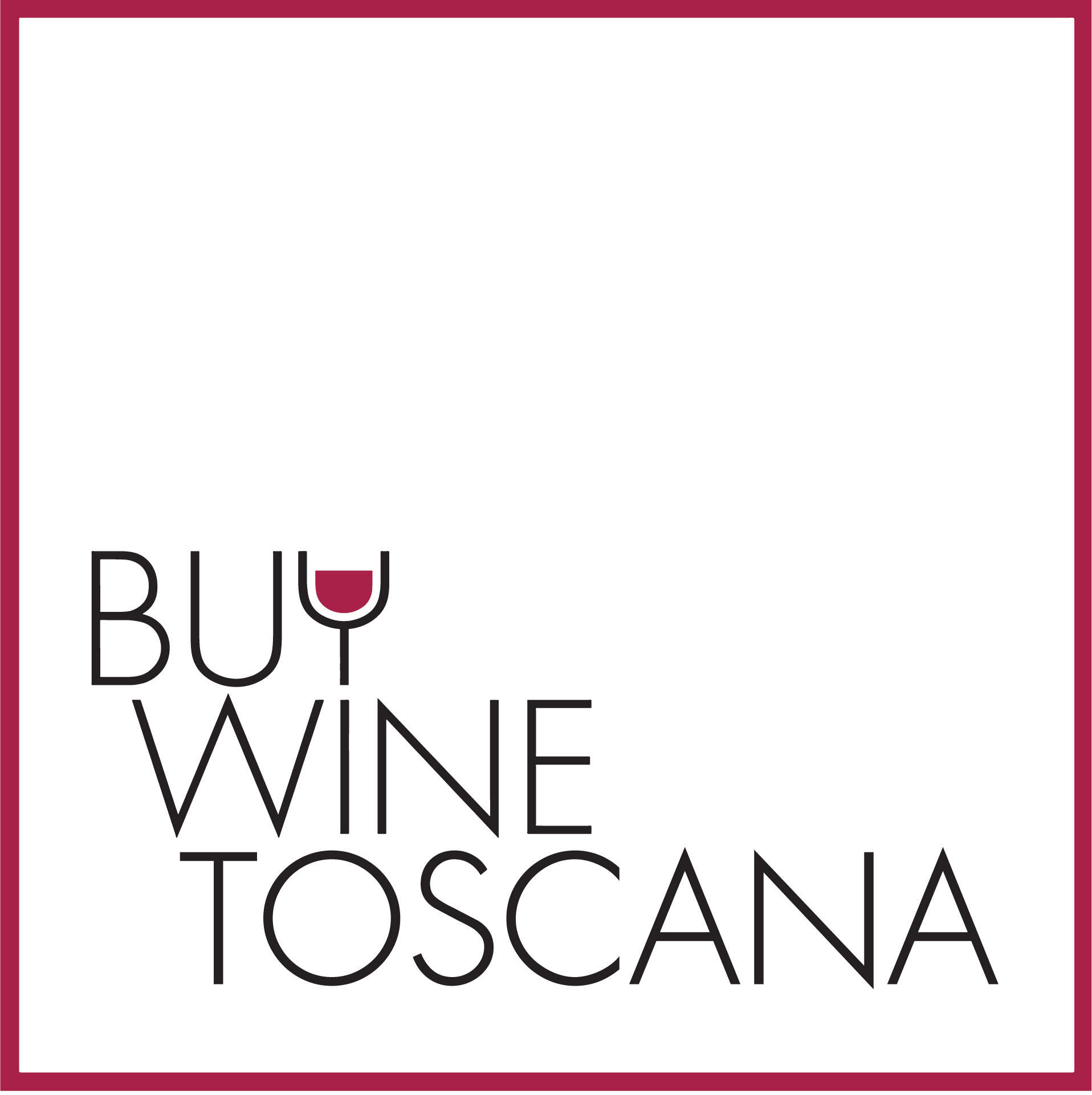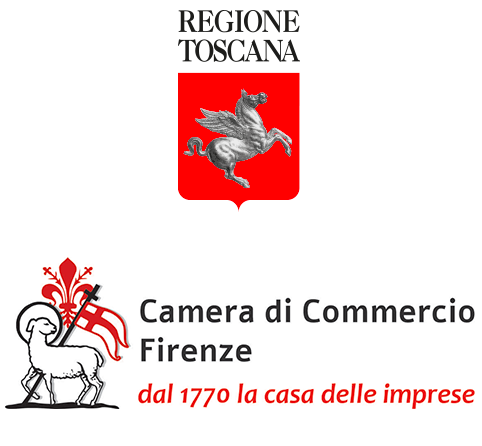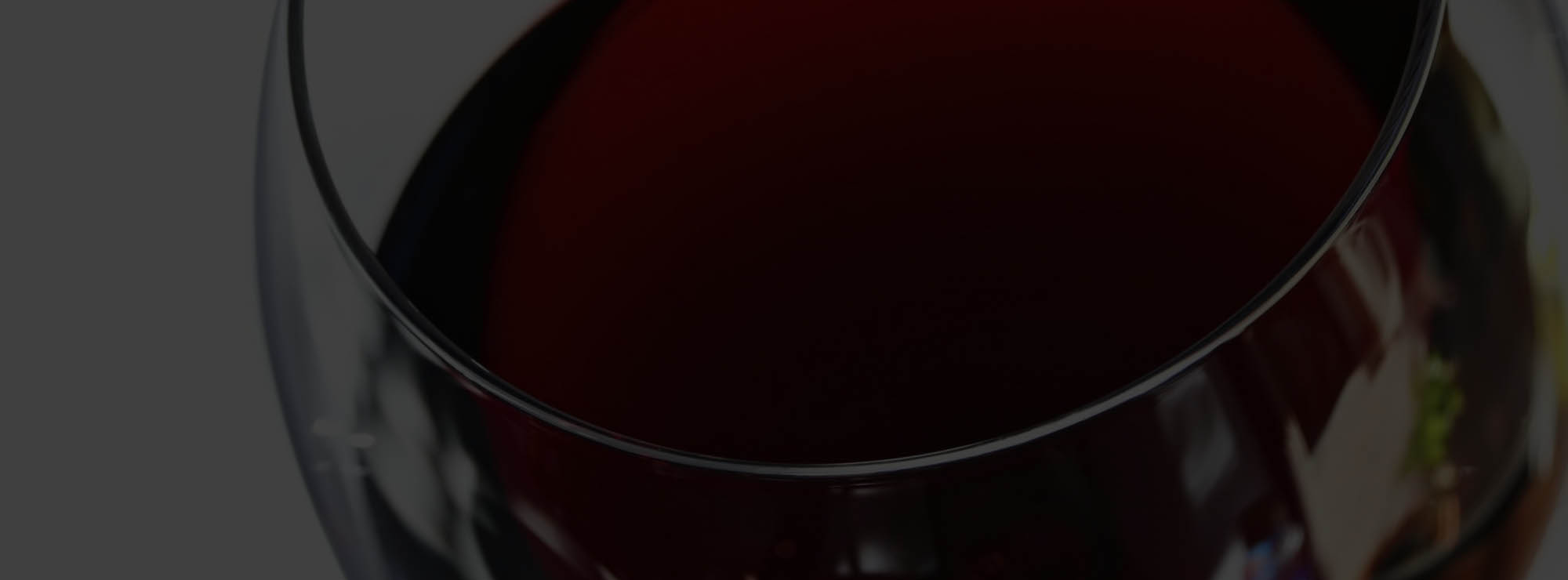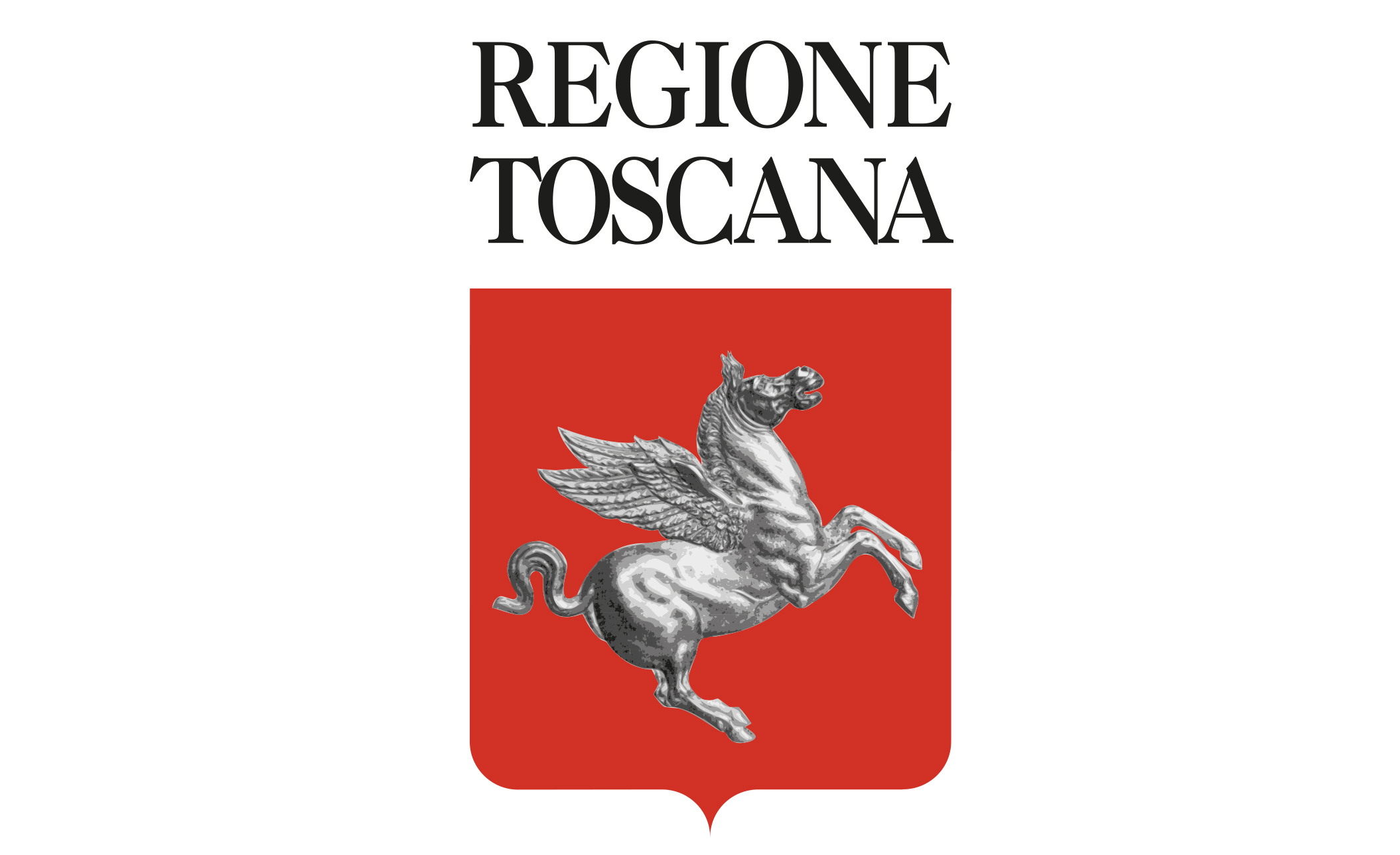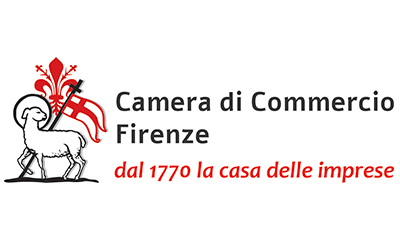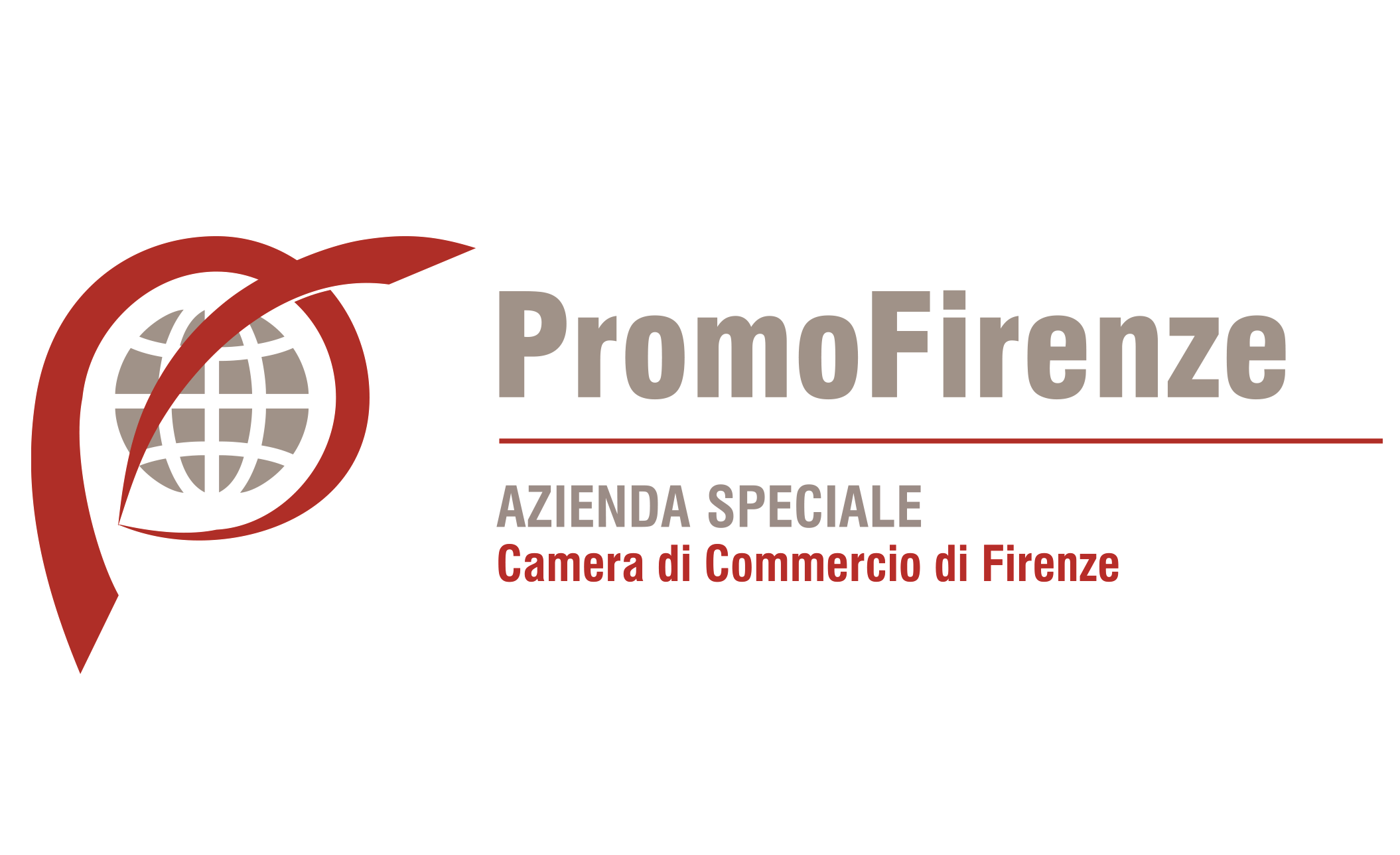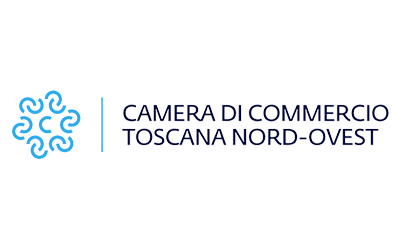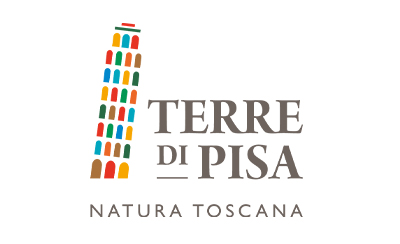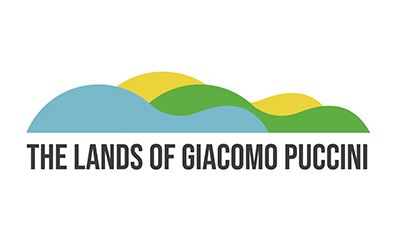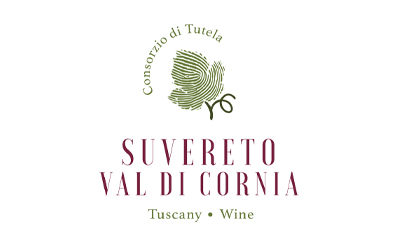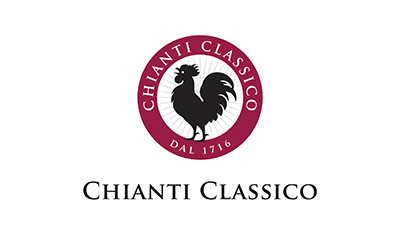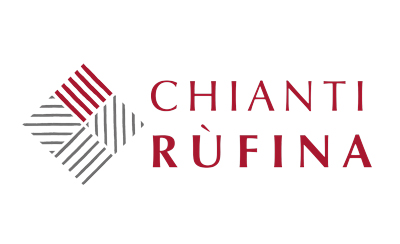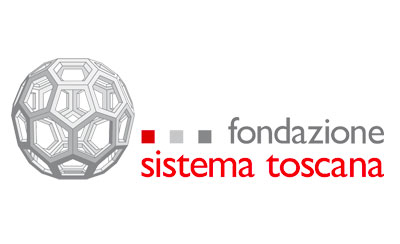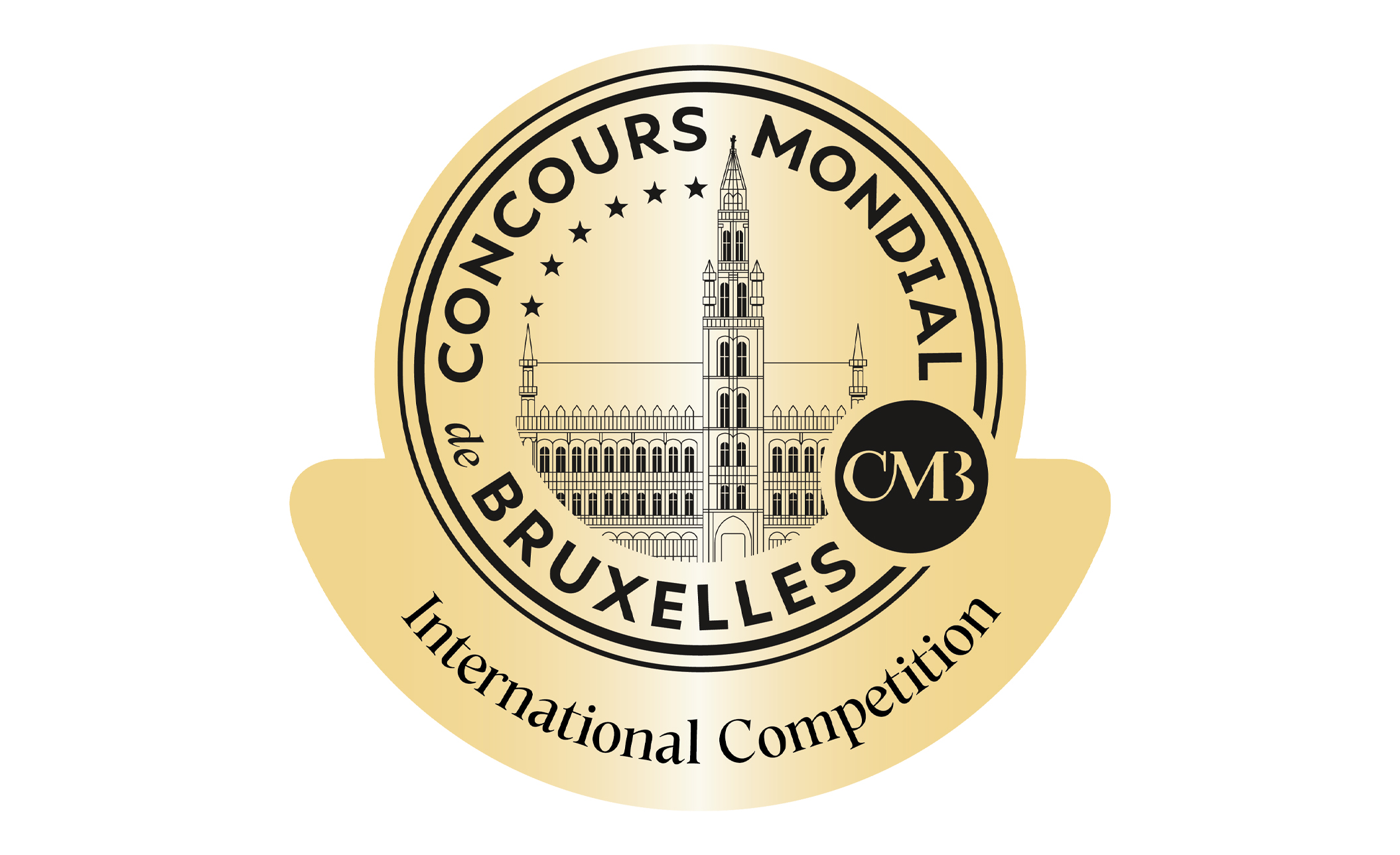Rufina, a small consortium with a wide tradition
Chianti Rufina is one of the highest-quality wine production zones of Tuscany and certainly the highest in elevation and coolest in terms of climate. The production of high-quality wines was so well established here that the area was included in the decree of Cosimo III de’ Medici, who in 1716 saw the need to protect, from counterfeiting, Tuscan wines being produced in Chianti, Pomino, Carmignano, and here in Valdarno di Sopra.
Over the course of the 19th and 20th centuries, the wines produced in the Sieve area were progressively given the designation of Chianti, initially in a generic fashion, and finally with the designation of the subzone Rufina. The same thing occurred with Carmignano, which regained its own name only in the 1960s, and with Valdarno di Sopra, where the preferred designation for wines was the term Chianti Colli Aretini.
The growing area lies in north-eastern Tuscany and includes the piedmont zone in the Sieve valley, an area of high hills and low and medium-high mountains. Both the environment and its wine production are absolutely unique in Tuscany. Its distinctive ecological and climatic conditions make possible a perfect equilibrium among vineyards, olive groves, ands woods of fir and chestnut. Soils are mainly sandstone- and marl-based, thus containing a preponderance of silica and mica, and very little presence of clay, and with abundant pebble and gravel admixture in the higher sections. Crops are grown up to as high as 750 metres. During a good part of the year, the climate in the growing zone is temperate and cold, in summer the Mediterranean sphere make its influence felt, which significantly impacts the final stages of the grape-ripening process, making it possible for the fruit to achieve optimal ripeness.
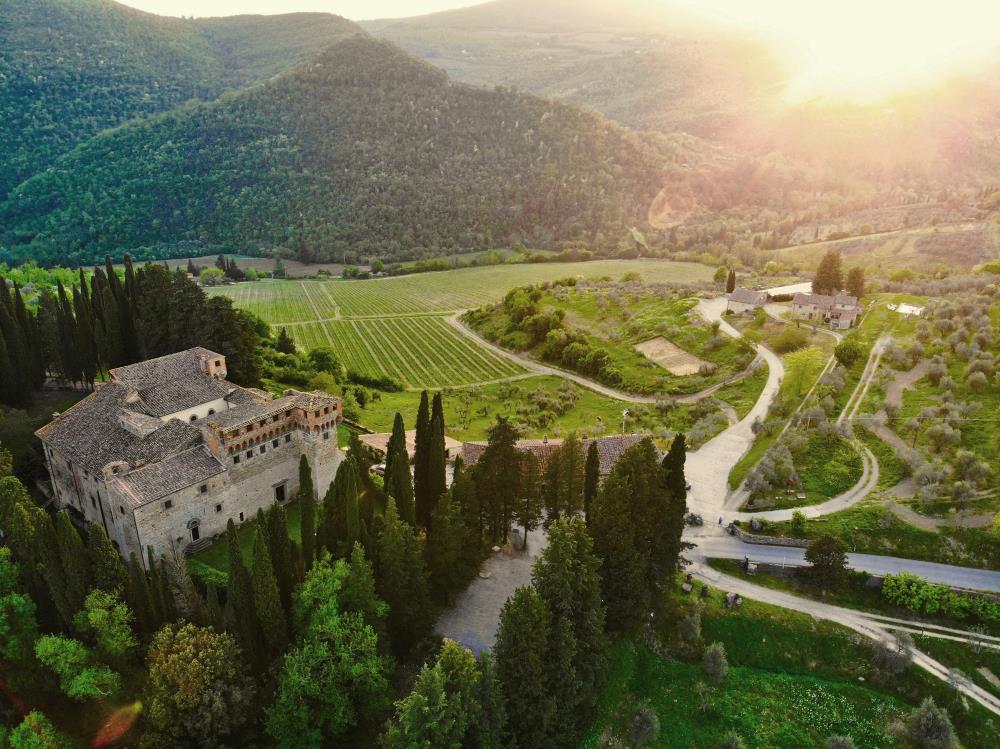
A clarification is necessary at this point regarding the extent of the territory of Pomino. Comparing the boundaries of the areas specified in the 1716 decree with those of the present DOC zones, one can see that the decree’s Pomino zone comprised a large part of today’s Rufina and Pomino.
For Chianti Rufina, the regulations specify 70 to 100% Sangiovese, and among the other allowed grapes, use of white grapes may not exceed 10%, and Cabernet Franc and Cabernet Sauvignon may not exceed 15%. The wine may not be released before 1 September of the year followed the harvest. Use of the designation Riserva requires a minimum of 2 years’ maturation, of which 6 months must be in oak barrels.
Viticulture in the Pomino DOC, on the other hand, bears the particular influence, from the mid-1800s, of Vittorio degli Albizi, who was a member of that noble Florentine family but was born in Auxerre and lived many years in France. His contribution was to have introduced French varieties into this area: Chardonnay, Pinot bianco, Pinot Grigio, Cabernet Sauvignon, Cabernet Franc, Merlot, Malbec, Pinot Noir, and Syrah. The current Production Code requires that Pomino Bianco (including late-harvest and Riserva) be made from Pinot Bianco, Pinot Grigio, and Chardonnay; Pomino Vin Santo from the white grapes and with Trebbiano allowed as well; Pomino Rosso (Riserva and late-harvest as well) and Vin Santo Occhio di Pernice from Sangiovese (minimum 50%), Pinot Noir, and Merlot. Produced in addition are Pomino Chardonnay, Pomino Sauvignon, Pomino Pinot Nero (Pinot Noir), and Pomino Merlot—all with minimums of 85% of the referenced grape variety. There are also a Pomino Spumante (sparkling wine), both white and rosé, based on Chardonnay, Pinot Bianco, and Pinot Noir. Pomino Rosso must be aged at least six months in large oak ovals (botti), while the Riserva needs a minimum of two years, of which at least 12 months must be in botti or oak casks, and a further three months in the bottle.
The wines produced are:
- Chianti Rufina DOCG
- Pomino DOC
Chianti Rufina Consortium
